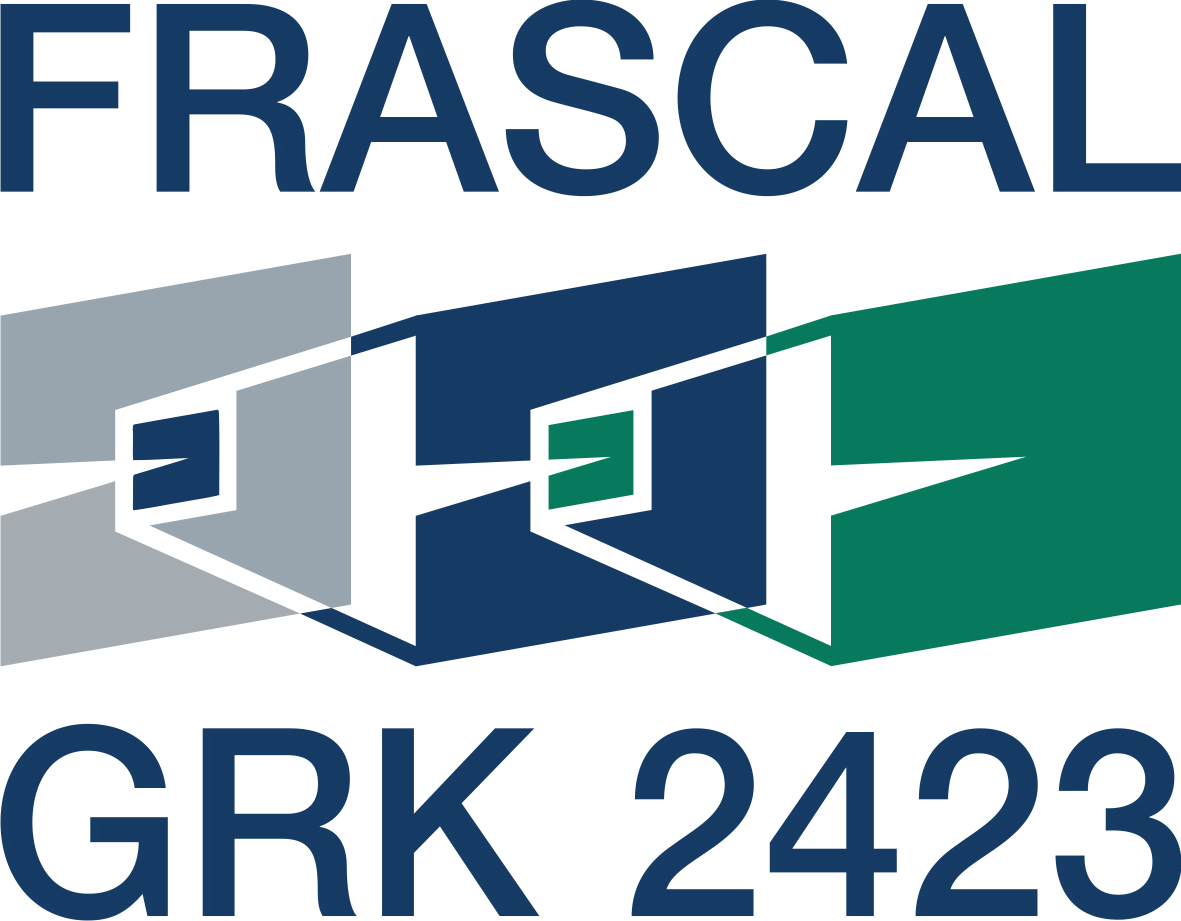P8 – Fracture in Polymer Composites: Meso to Macro
 Motivation
Motivation
The mechanical properties and the fracture toughness of polymers can be increased by adding silica nanoparticles [1], [2]. This increase is mainly caused by the development of localized shear bands, initiated by the stress concentrations due to the silica particles. Other mechanisms responsible for the observed toughening are debonding of the particles and void growth in the matrix material. The particular mechanisms depend strongly on the structure and chemistry of the polymers and will be analysed for two classes of polymer-silica composites, with highly crosslinked thermosets or with biodegradable nestled fibres (cellulose, aramid) as matrix materials.
Objectives
The aim of the project is to study the influence of different mesoscopic parameters, as particle volume fraction, on the macroscopic fracture properties of nanoparticle reinforced polymers.
Work plan
To enable the numerical analysis of macroscopic fracture experiments by simultaneously accounting for the heterogeneous meso-structure, a representative cut-out of the meso-structure will be embedded into a macroscopic specimen made of homogenized material [3]. The homogenized material properties of the macroscopic specimen are derived by means of homogenization methods. Within the representative cut-out, the particles, their interfaces to the matrix material and, once the specimen is loaded, also the different failure mechanisms like matrix cracks, debonding, shear bands and voids growth are explicitly represented by means of the finite element method. Debonding between particle and matrix is captured by standard interface elements equipped with a cohesive traction-separation law. Matrix cracks and shear bands will be modelled as strong discontinuities by applying the phantom-node method [4]. Apart from using phenomenological material models, also information from atomistic-to-meso-scale simulations (P3) will be included to model the bulk materials and the matrix-particle interfaces. Results from P6, P10 and P11 will be incorporated to enrich the models or the numerics, respectively. The described two-scale setting allows to study the influence of various meso-structures on the macroscopic fracture toughness.
[1] T. Hsieh, A. Kinloch, K. Masania, A. Taylor and S. Sprenger, “The mechanisms and mechanics of the toughening of epoxy polymers modified with silica nanoparticles,” Polymer, vol. 51, no. 26, pp. 6284-6294, 2010.
[2] A. Ashori, S. Sheykhnazari, T. Tabarsa, A. Shakeri and M. Golalipour, “Bacterial cellulose/silica nanocomposites: Preparation and characterization,” Carbohydrate Polymers, vol. 90, no. 1, pp. 413-418, 2012.
[3] J. Mergheim, “A variational multiscale method to model crack propagation at finite strains,” International Journal for Numerical Methods in Engineering, vol. 80, no. 3, pp. 269-289, 2009.
[4] J. Mergheim, E. Kuhl and P. Steinmann, “A finite element method for the computational modelling of cohesive cracks,” International Journal for Numerical Methods in Engineering, vol. 63, no. 2, pp. 276-289, 2005.
